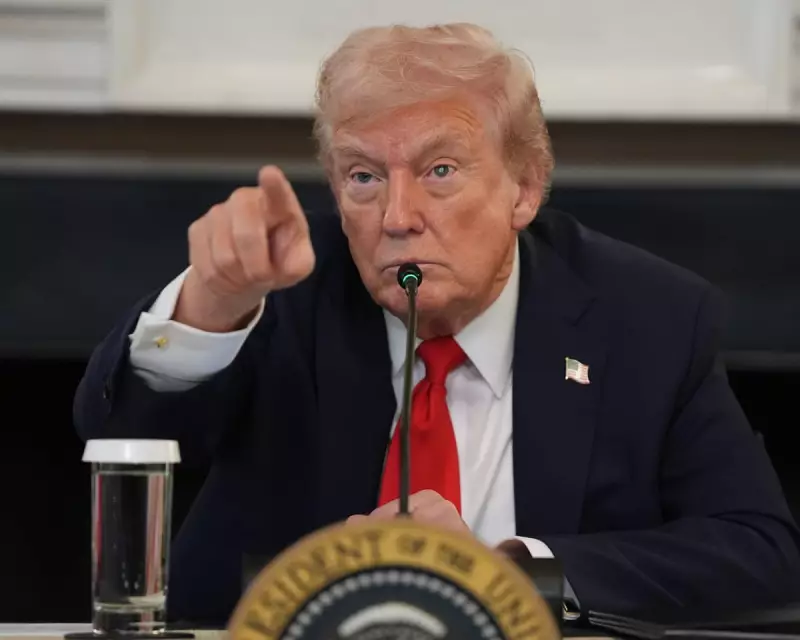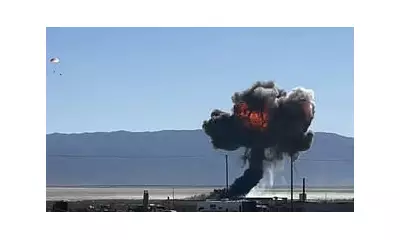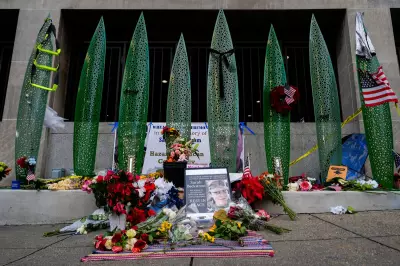
In a stunning diplomatic development that has reshaped Middle Eastern politics, the Trump administration has successfully brokered a comprehensive ceasefire agreement for Gaza, being hailed as the most significant foreign policy achievement of his presidency.
The Deal That Defied Expectations
After months of intense behind-the-scenes negotiations, the agreement establishes an immediate cessation of hostilities between Israel and Hamas, bringing relief to a region battered by conflict. The breakthrough comes after previous administrations struggled for years to achieve similar results.
What's in the Agreement?
The meticulously crafted deal includes several key components:
- An immediate and permanent ceasefire across the Gaza Strip
- Significant increases in humanitarian aid and reconstruction materials
- Mechanisms for the return of remains and prisoners
- International monitoring to ensure compliance from all sides
A Diplomatic Masterstroke
White House officials are describing the agreement as "the most consequential Middle East peace achievement in generations", highlighting the administration's unconventional approach to diplomacy. The deal represents a dramatic shift from the stalled negotiations of previous years.
Unlike traditional peace processes that often moved incrementally, this agreement addresses immediate humanitarian concerns while establishing frameworks for longer-term stability. The speed of the breakthrough has surprised many regional experts who had grown accustomed to the protracted nature of Middle East diplomacy.
The Human Impact
For residents of Gaza, the agreement promises much-needed respite from the violence that has dominated daily life. The increased flow of aid and reconstruction materials could begin transforming living conditions in one of the world's most densely populated areas.
Meanwhile, Israeli communities near the Gaza border now face the prospect of peace and security after years of rocket attacks and border tensions. The deal includes specific security guarantees that address long-standing Israeli concerns.
Regional Reactions and Next Steps
Initial reactions from regional powers have been cautiously optimistic, with several key Arab nations expressing support for the agreement. The international monitoring component involves multiple nations, creating a broader coalition invested in the ceasefire's success.
Implementation will be closely watched, with the first critical test being the maintenance of the ceasefire during the initial transition period. All parties have committed to working through the newly established communication channels to address any violations promptly.
As reconstruction begins and normalcy slowly returns to the region, this agreement may well represent a turning point in one of the world's most intractable conflicts. The success or failure of this ambitious diplomatic initiative will likely shape Middle Eastern politics for years to come.





